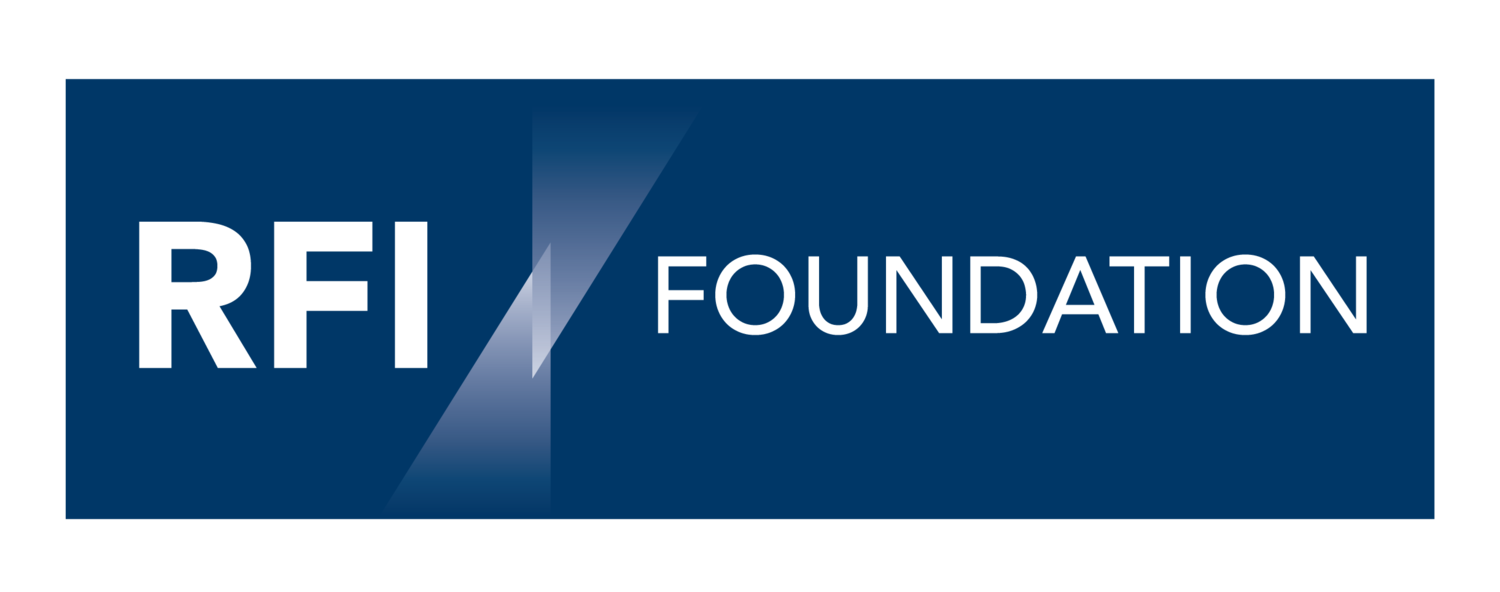Identifying the Climate Risks Facing Malaysia’s Financial System
By Blake Goud and Eman Tabet
Summary
“[Climate change is] driving a profound reassessment of risk and asset values. And because capital markets pull future risk forward, we will see changes in capital allocation more quickly than we see changes to the climate itself.”
The issue of climate change has risen in importance since the coronavirus pandemic demonstrated the unique challenge of responding to systemic issues that have highly correlated impacts across the economy. This report is a contribution to those providing financing to better understand the relevance of climate-related financial risks associated with the greenhouse gas (GHG) emissions they are financing.
We find that direct GHG emissions in Malaysia are highly concentrated in electricity generation (41%), transportation (22%) and waste (7%). However, viewing these sectors in isolation and, in effect, viewing the other sectors financed by banks and in the capital markets as having very low GHG emissions provides an insufficient picture. It also underestimates what the financial sector can and should do to finance a transition to a low-carbon economy and mitigate some of their own climate-related risks.
In our analysis of Malaysia’s financial system, we estimate that bank financing has direct exposure to major sources of direct GHG emissions risk through financing of four sectors (manufacturing, electricity, gas & water, transport, storage & communications, and mining & quarrying) that together account for 83% of their direct GHG emissions exposure.
But the focus of banks consideration of the GHG emissions they finance should widen beyond just these sectors. Other sectors like wholesale, retail & hospitality and construction also have GHG emissions exposure when adding in the indirect electricity, transportation and waste emissions embedded into their operations.
Banks should analyze their financed GHG emissions systematically
Banks should acknowledge they are in a position of influence in relation to financing economic activities that directly emit GHG and those which provide the demand underpinning the supply sectors’ emissions.
Banks should take a proactive position in relation to their own Scope 3 GHG emissions risks
Banks can nurture and offer additional financing for customers who need support in measuring and reducing their GHG emissions intensity.
Banks should make use of data on Scope 3 GHG emissions risk to improve pricing risks
Banks can contribute to achievement of the Paris Agreement targets by more accurately pricing their financed GHG emissions risks through offering more sustainability-linked loans & financings (SLLs and SLFs).
Islamic banks should identify their relative GHG emissions risk level
Islamic banking subsidiaries and standalone Islamic banks should take the lead to develop policies and resources for sectors where they have differential exposure compared to banks as a whole, including using existing forums such as the Value- Based Intermediation Community of Practitioners and Joint Committee on Climate Change, to expand the range of coverage of Sectoral Guides
Download the report
When you click “Download”, you will receive a copy of the report. If you clicked the box to subscribe to our email newsletter, you will be added to our mailing list. You can easily unsubscribe at any time using the unsubscribe link included with every newsletter. See our privacy policy for more information.

